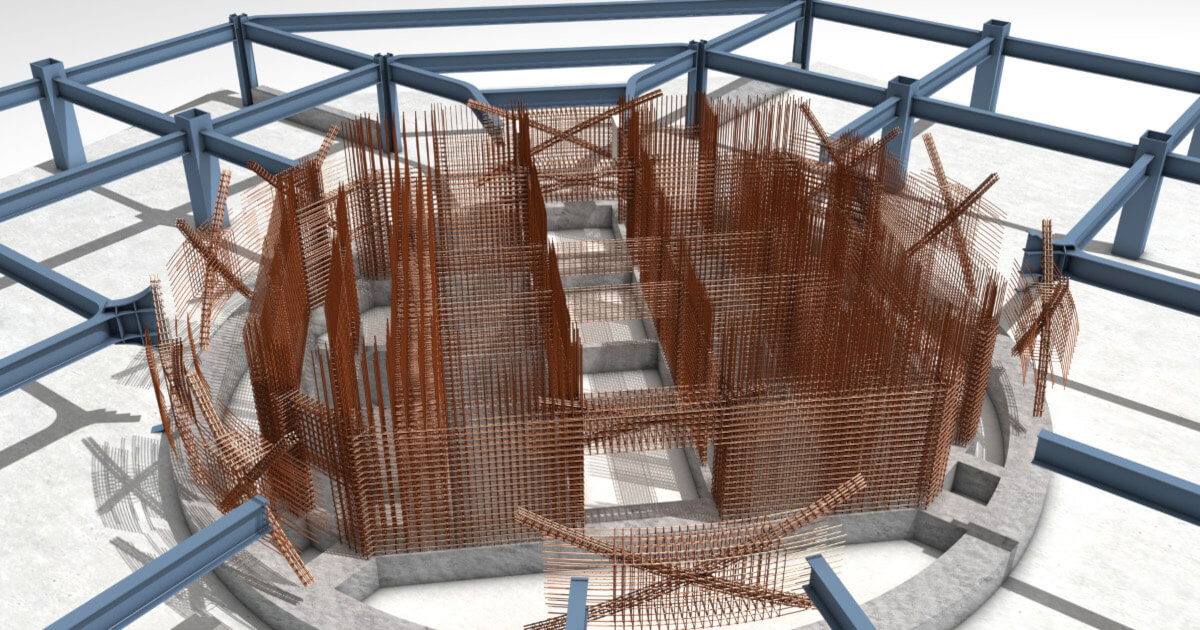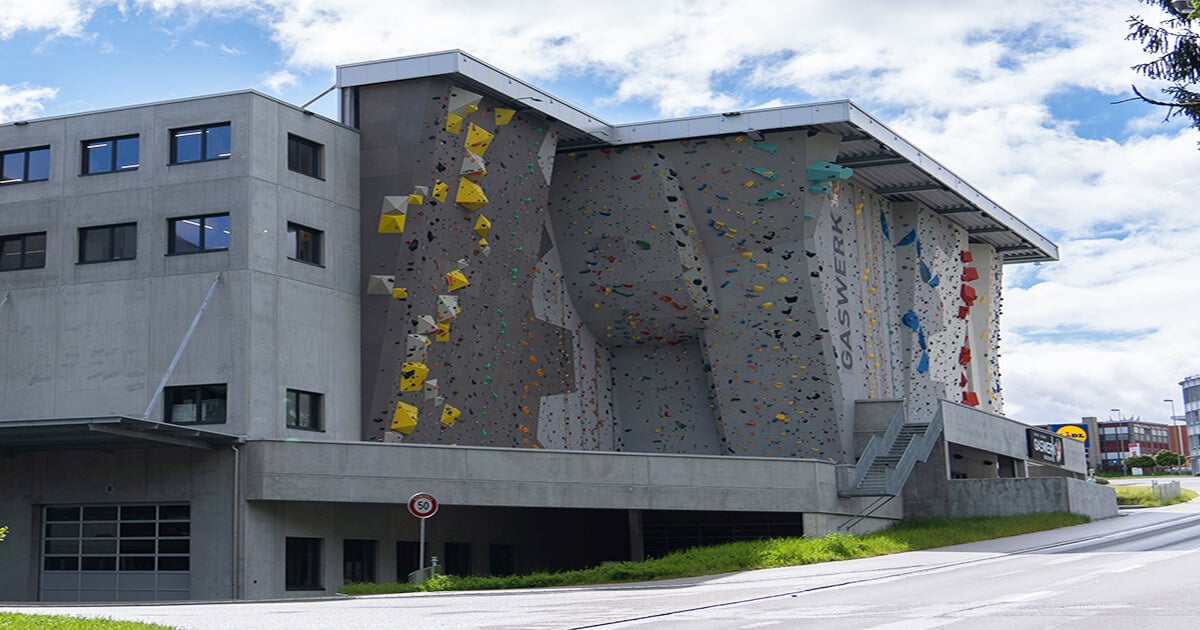Cloud technology is rapidly revolutionizing the way we share and access information, and the architecture, engineering, and construction (AEC) industry is also changing as a result. Moving to more digitalized ways of working means embracing these changes, yet for many, there are also valid concerns about data security, information management, and set up costs. In turn, many companies end up retaining their tried-and-tested desktop infrastructure for the ease and familiarity that it offers. However, by doing so, they are missing out on the many considerable benefits of cloud technology for design and construction projects.
Improved Collaboration
One of the biggest hurdles that construction projects face is the disparate nature of the project teams, which makes sharing information between different parties difficult. Desktop services reinforce this siloed method of working, keeping information within each discipline. Any data that is shared is a snapshot of the project at that particular moment, which is out of date almost as soon as it is sent if the project is still in progress. This can then lead to errors and discrepancies further down the line if co-dependent disciplines have not been kept updated with progress.
Cloud technology avoids these issues altogether. With Bimplus, ALLPLAN’s cloud-based model collaboration platform, each discipline can share information in a managed way to one central location. This means each party has access to the information they need as and when they need it – even on the job site – while still retaining control over their own data. Each discipline’s sub-model can be combined into a federated model, so clashes can be detected and rectified early on in the process. In fact, with ALLPLAN cloud technology, different users in multiple locations can also work on a model simultaneously, whether to collaborate to overcome an issue or to help inform the work of other disciplines without the need to email files and information. Bimplus also allows each party to use the software of their choice while still enabling data to be shared thanks to its open data exchange interfaces and relational database structure.
Better Data Management
Working from one single source of truth is a major step towards improving data management on its own. However, with the amount of information that is created within a construction project from a range of sources, it is easy for data to quickly become mismanaged – with significant value being lost as a result. Bimplus overcomes this by providing an integrated workflow between the teams, ensuring that information is shared, managed, and coordinated effectively. Supplementary information for objects in the model can be stored within Bimplus, keeping the models streamlined while retaining important data for future use by anyone who needs it and has the permitted rights to access it.
Easier IT Maintenance
One of the biggest advantages of a cloud-based service like Bimplus is the ease of setup and maintenance. There is no need to have and maintain servers in-house as with desktop systems, as this is managed from the cloud. With a desktop setup, any software updates are rolled out individually to each computer, meaning some outdated programs or versions could be in use. In contrast, cloud-based systems are updated centrally and therefore everyone uses the most up-to-date version.
More Than a Trend
Cloud technology for construction is more than just the latest passing fad, it is the way construction projects will be designed and constructed both now and in the future. The flexibility and ease of access combined with the improved data management and reduced IT load make cloud-based systems an efficient and effective tool for successfully delivering construction projects. The optimum combination of both desktop and cloud is the ideal solution as we move to a more integrated and collaborative future.






